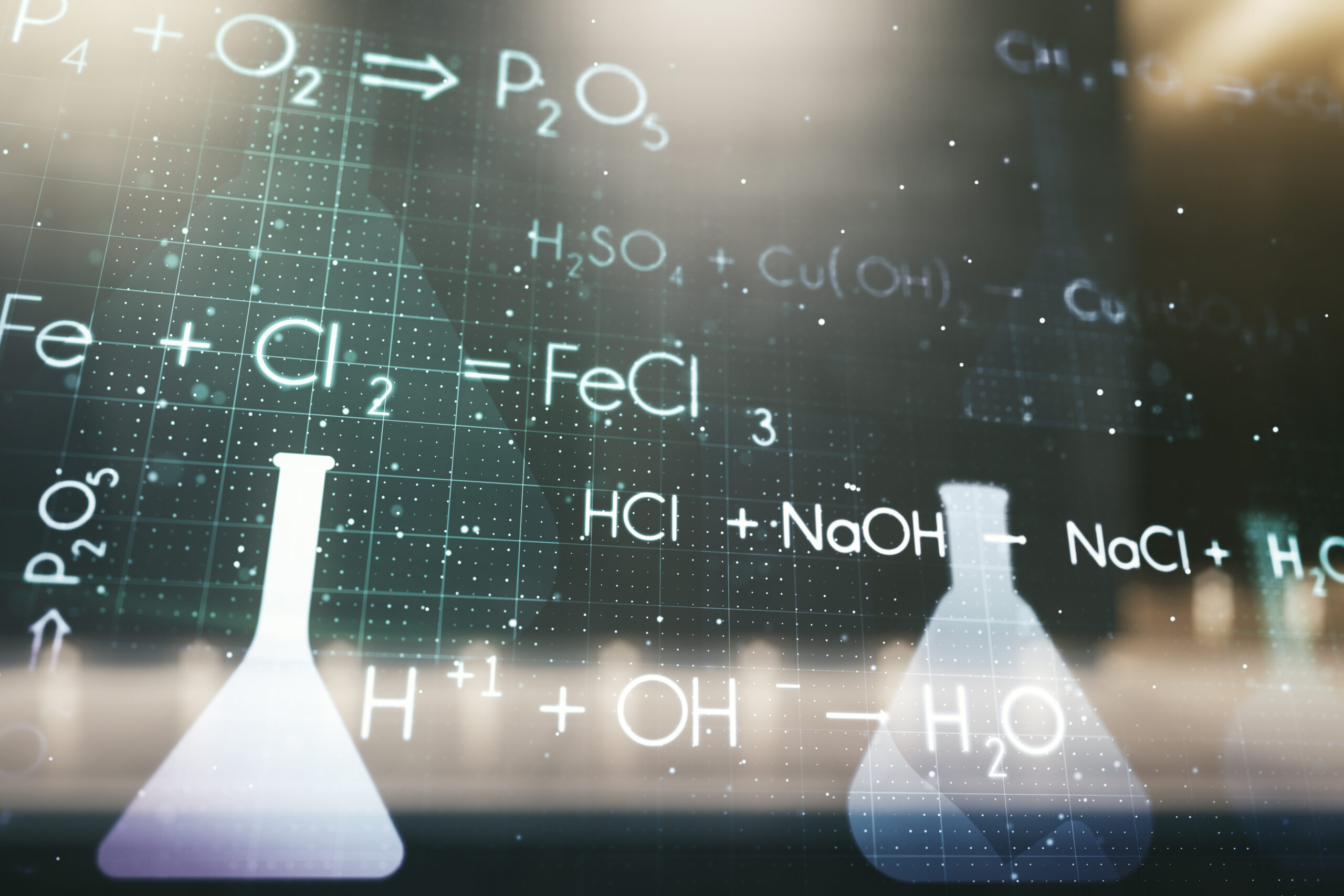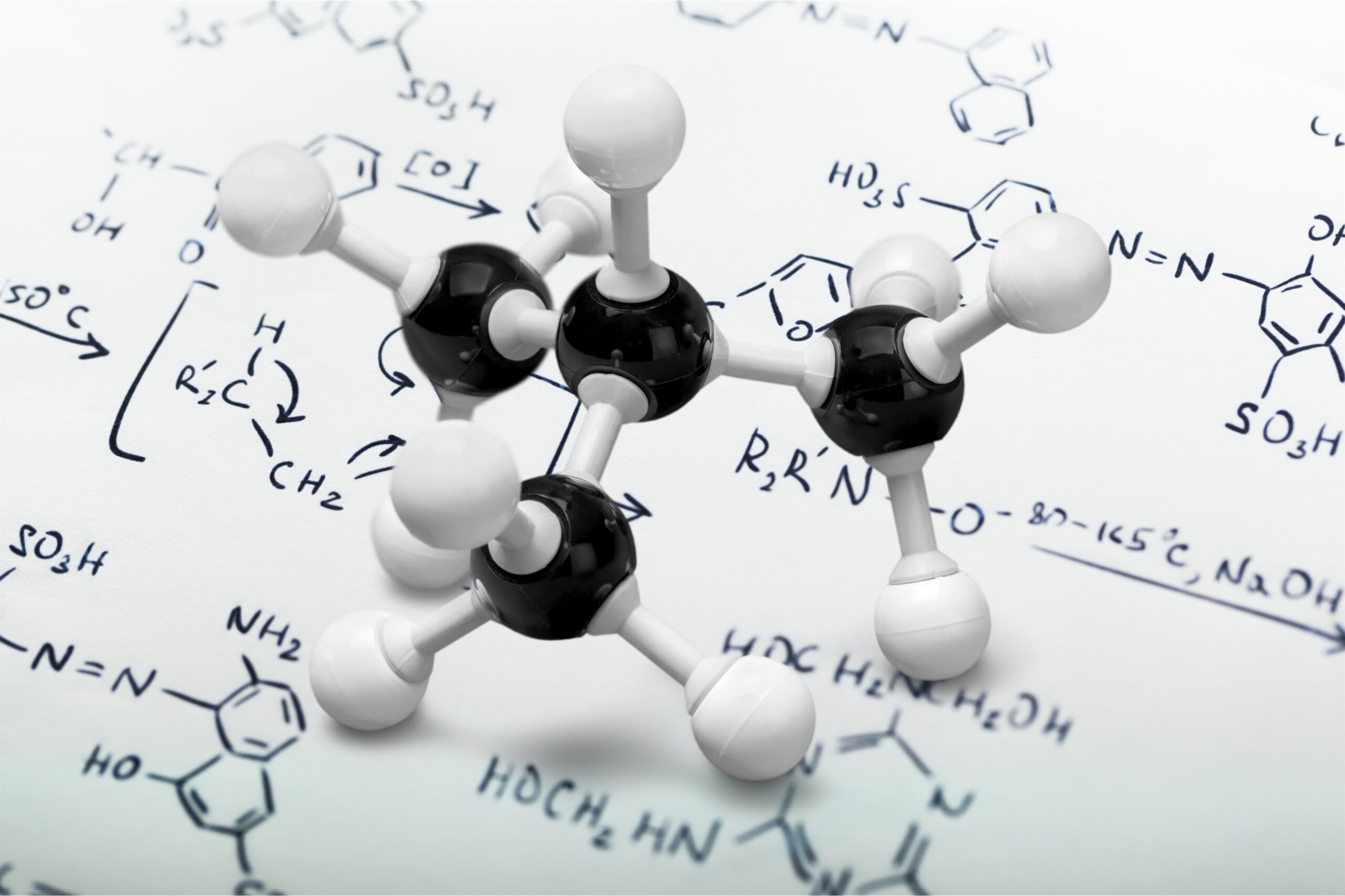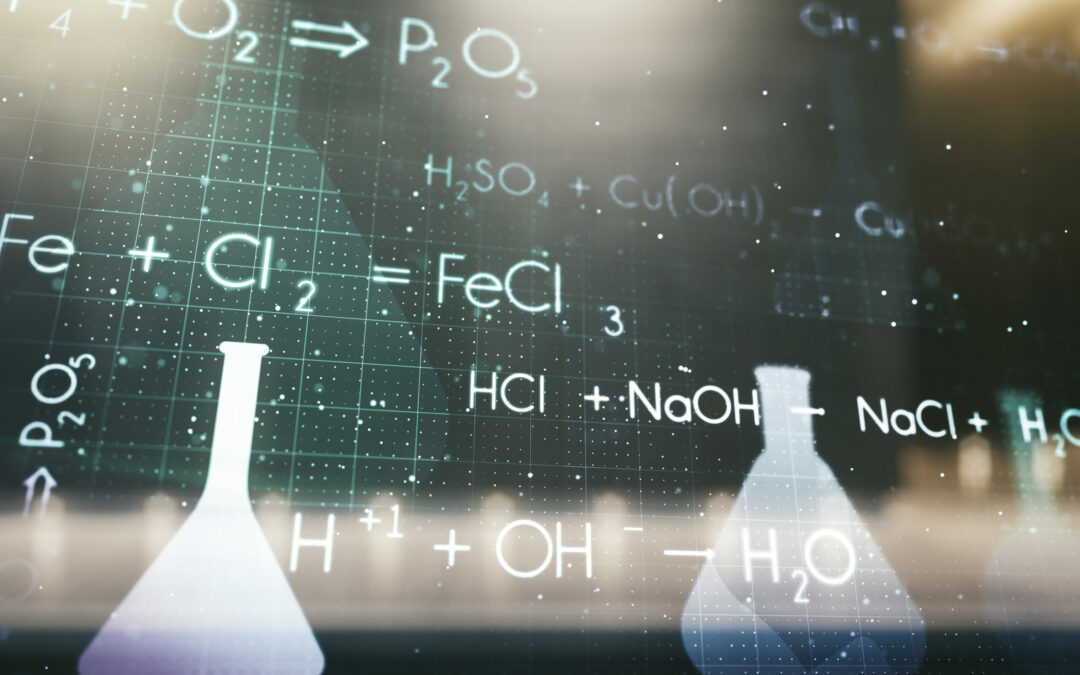
According to the World Intellectual Property Organization (WIPO), chemical compounds are among the most frequently patented types of inventions. Patent filings worldwide grew by 3.6% in 2021. Trademark filing activity grew by 5.5%. Patent filings around the world exceeded 3.4 million and trademark filing activity totaled 18.1 million. According to a report by the Royal Society of Chemistry, the number of new chemical compounds reported in scientific literature doubled between 1985 and 2015, from around 500,000 to over 1 million per year.
This increase in the number of new compounds being published is largely due to advances in technology and techniques that make it easier to synthesize and analyze new compounds. In addition, there is a growing interest in discovering new compounds for use in fields such as medicine, materials science, and energy, which has driven research efforts in these areas.
Some estimates suggest that there are millions of chemical compounds that have been patented, particularly in industries such as pharmaceuticals and biotechnology where there is a high demand for new chemical entities with specific properties and potential uses.
Chemical patents are not treated like conventional scientific literature. Instead, they are viewed as highly technical documents that remain the preserve of principal scientists or senior managers who are making multi-million dollar IP decisions. When scientists develop a new chemical compound, it’s often patented. Chemical patents are written by lawyers, not chemists, and they are complex: they exist to protect the compound, not to expose it. They are long and typically they are written ambiguously, often containing the names of 3,000 chemical compounds when the patent only really relates to one.
Chemical compounds are often named systematically based on their structure, with different prefixes and suffixes being used to represent the elements in the compound. A single mistake in what can be a very long string of letters can break the whole compound, making it impossible to recreate. And those small mistakes are sometimes introduced into patent documents to prevent the information from being used.
Claim Types
Chemical Patent Claim Types
There are several types of chemical patent claims that can be used to protect chemical compounds and their uses. Some of the most common types of chemical patent claims include:
Composition Claims
These claims cover the chemical compound itself, specifying the specific chemical formula or structure of the compound.
Method of Preparation Claims
These claims cover the process or method used to prepare the chemical compound, specifying the specific steps and conditions required to produce the compound.
Method of Use Claims
These claims cover the specific applications or uses of the chemical compound, specifying the specific purpose for which the compound can be used.
Process Claims
These claims cover the specific process used to produce a chemical compound, specifying the specific steps and conditions required to produce the compound.
Formulation Claims
These claims cover the specific formulations or combinations of ingredients used to create a product containing the chemical compound, specifying the specific proportions and ingredients used to produce the product.
It’s important to note that the type of claim used will depend on the specific aspects of the invention that are being protected. A combination of these claim types may be used to fully protect the chemical compound and its uses. Additionally, the specific wording and language used in the claims is crucial to the success of the patent, so it’s important to use a highly sophisticated patent search software, such as InnovationQ+ to review existing patent information and do competitive landscaping and trend analysis backed by comprehensive research and analytics services.
Examples
Examples of chemical compound patents
The following are a selection of widely known patented chemical compounds.
- Viagra: Sildenafil citrate is a chemical compound patented by Pfizer and sold under the brand name Viagra. It is used to treat erectile dysfunction and pulmonary arterial hypertension.
- Gore-Tex: Gore-Tex is a waterproof and breathable material made of a patented polymer called expanded polytetrafluoroethylene (ePTFE), developed by W.L. Gore & Associates.
- Kevlar: Kevlar is a strong and heat-resistant synthetic fiber patented by DuPont, used in a variety of applications such as body armor, bulletproof vests, and tires.
- Nylon: Nylon is a synthetic polymer patented by DuPont, used in a variety of applications such as clothing, carpets, and parachutes.
- Teflon: Teflon is a nonstick coating material made of a patented polymer called polytetrafluoroethylene (PTFE), developed by DuPont.
- Prozac: Fluoxetine hydrochloride is a chemical compound patented by Eli Lilly and Company and sold under the brand name Prozac. It is used to treat depression, anxiety, and obsessive-compulsive disorder.
- Lipitor: Atorvastatin calcium is a chemical compound patented by Pfizer and sold under the brand name Lipitor. It is used to lower cholesterol levels and reduce the risk of heart attack and stroke.
- Botox: Botulinum toxin type A is a chemical compound patented by Allergan and sold under the brand name Botox. It is used to treat muscle spasms, wrinkles, and other medical and cosmetic conditions.

Chemical compounds are a significant and important area of patenting, and this trend is likely to continue as new technologies and applications for chemical compounds continue to emerge. If you’re looking to patent a chemical compound or formula, thoroughly reviewing existing patents is the first priority. Choose InnovationQ+ for your patent researching and analytics needs!
IMPLICATIONS OF AI
The long-term implications of AI in the patent world
Overall, AI is transforming the patent industry by increasing efficiency, reducing costs, and improving the quality of patent-related services. It is enabling faster and more accurate decision-making, enhancing patent searches and analysis, and providing valuable insights for strategic decision-making in intellectual property management.
The ability to obtain a patent on an invention is a critical means for businesses to protect their intellectual property and maintain a competitive edge in the marketplace. But the requirement that an “inventor” be a natural person is at odds with the reality of AI-generated inventions.
As the conversation around AI inventorship unfolds, companies should be aware of alternative ways to protect their AI-generated inventions, such as using trade secrets. Similar developments in copyright law denying protection for purely AI-developed works only add to the complications that owners face in obtaining adequate IP protections for AI creations.
The future of AI is highly uncertain. The USPTO is not closed off to AI integration, however protocols will need to change and evolve to adequately protect the process. In February 2023, the USPTO engaged the community for feedback regarding two critical points:
> The USPTO should expand its current guidance on inventorship to address situations in which AI significantly contributes to inventions.
> Other countries have effective approaches to AI inventorship issues
AI is continuing to evolve as an “assistive technology” rather than a replacement technology. How the innovative landscape evolves to accommodate AI is still uncertain.
AI INTEGRATION

AI is an integrated assistant tool within the IP Suite. Our commitment is to responsible and transparent AI that accelerates productivity, efficiency, decision-making and RoI vs replacing people and functions or putting companies at risk by introducing experimental AI that puts patents, portfolios or businesses at risk.
Learn more about the IP Suite by downloading our overview brochure and reach out to us to learn more.

